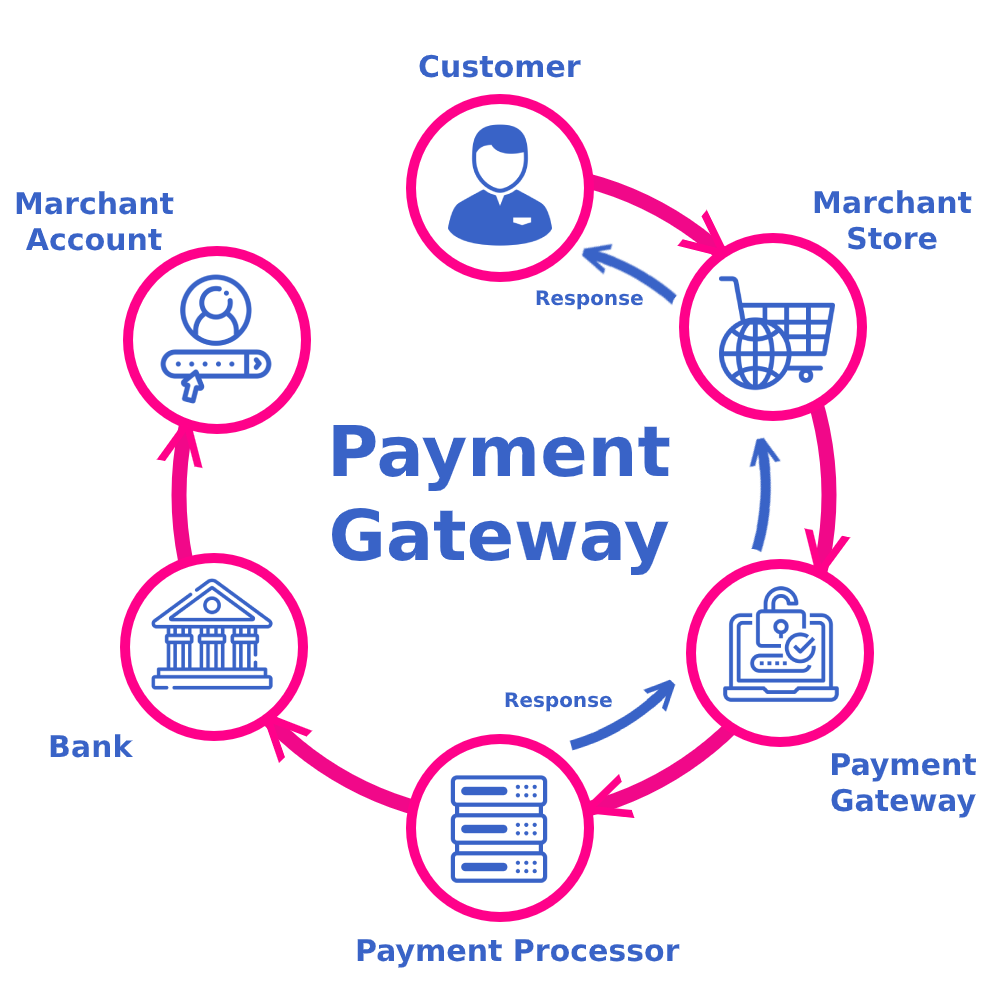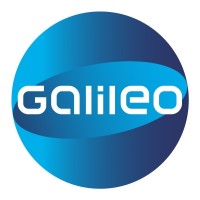
Payment Gateway Integration
Payment
Gateway Integration
Payment gateway integration is the process of connecting an
online business or website to a payment gateway service provider, enabling the
seamless transfer of funds between customers and merchants. A payment gateway
acts as an intermediary between the customer, the merchant, and the financial
institutions involved in the transaction.
Here
are some key aspects and steps involved in payment gateway integration:
1.
Selecting a Payment Gateway Provider: There are numerous payment
gateway providers available, each offering different features, pricing
structures, and supported payment methods. It is crucial to research and select
a provider that aligns with your business requirements.
2.
Merchant Account Setup: Before integrating a payment gateway, you'll
typically need to set up a merchant account with your chosen provider. This
account allows you to accept and process payments.
3. API
Integration: Most payment gateways offer an application programming
interface (API) that allows businesses to integrate the payment gateway into
their website or application. The API provides a set of functions and protocols
for securely transmitting payment data between the customer, the merchant, and
the gateway.
4.
Development and Testing: Once you have access to the payment
gateway's API, your development team can begin integrating it into your website
or application. This involves writing code to handle payment requests,
responses, and error handling. It is essential to thoroughly test the
integration to ensure it functions correctly.
5.
Security Considerations: Payment gateway integration requires
careful attention to security measures. Implementing Secure Sockets Layer (SSL)
encryption to protect sensitive data, such as credit card information, is
crucial. Compliance with industry standards, such as the Payment Card Industry
Data Security Standard (PCI DSS), is also essential.
6.
User Experience: A smooth and seamless payment experience is vital
for customer satisfaction. Ensure that the integration provides a user-friendly
interface, supports popular payment methods, and offers a reliable and fast
payment process.
7.
Error Handling and Reporting: Implement robust error handling
mechanisms to address potential issues during the payment process. The payment
gateway should provide detailed error codes and messages, allowing you to
communicate errors effectively to customers.
8.
Go-Live and Maintenance: Once integration and testing are complete,
you can go live with the payment gateway. Monitor the payment process regularly
to identify and address any issues promptly. Stay updated with the payment
gateway provider's documentation and APIs to incorporate any updates or
improvements.
Remember, payment gateway integration may require technical
expertise, and it's crucial to involve experienced developers or seek
professional assistance if necessary. Additionally, consider factors such as
transaction fees, settlement periods, customer support, and scalability when
choosing a payment gateway provider.
By seamlessly integrating a payment gateway into your online
business, you can provide customers with a secure and convenient way to make
payments, thereby enhancing their experience and boosting your revenue.






















